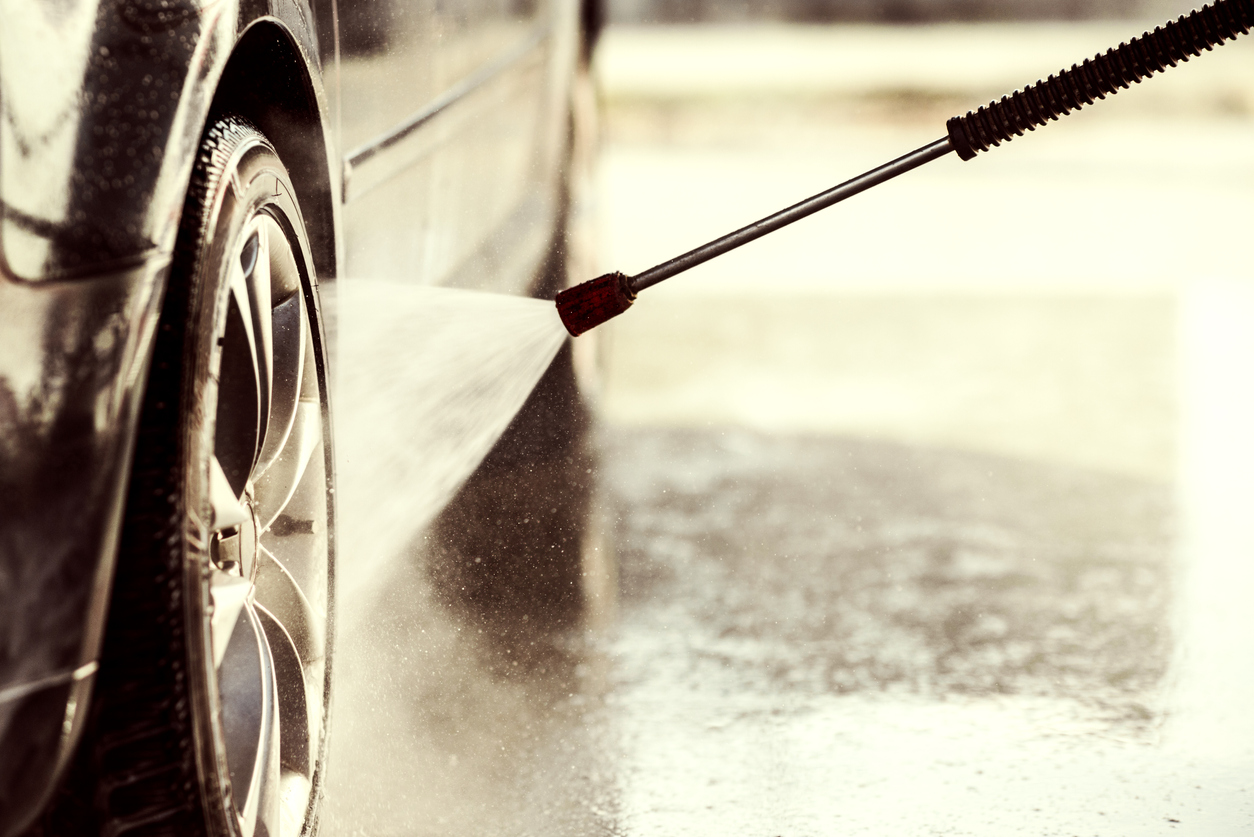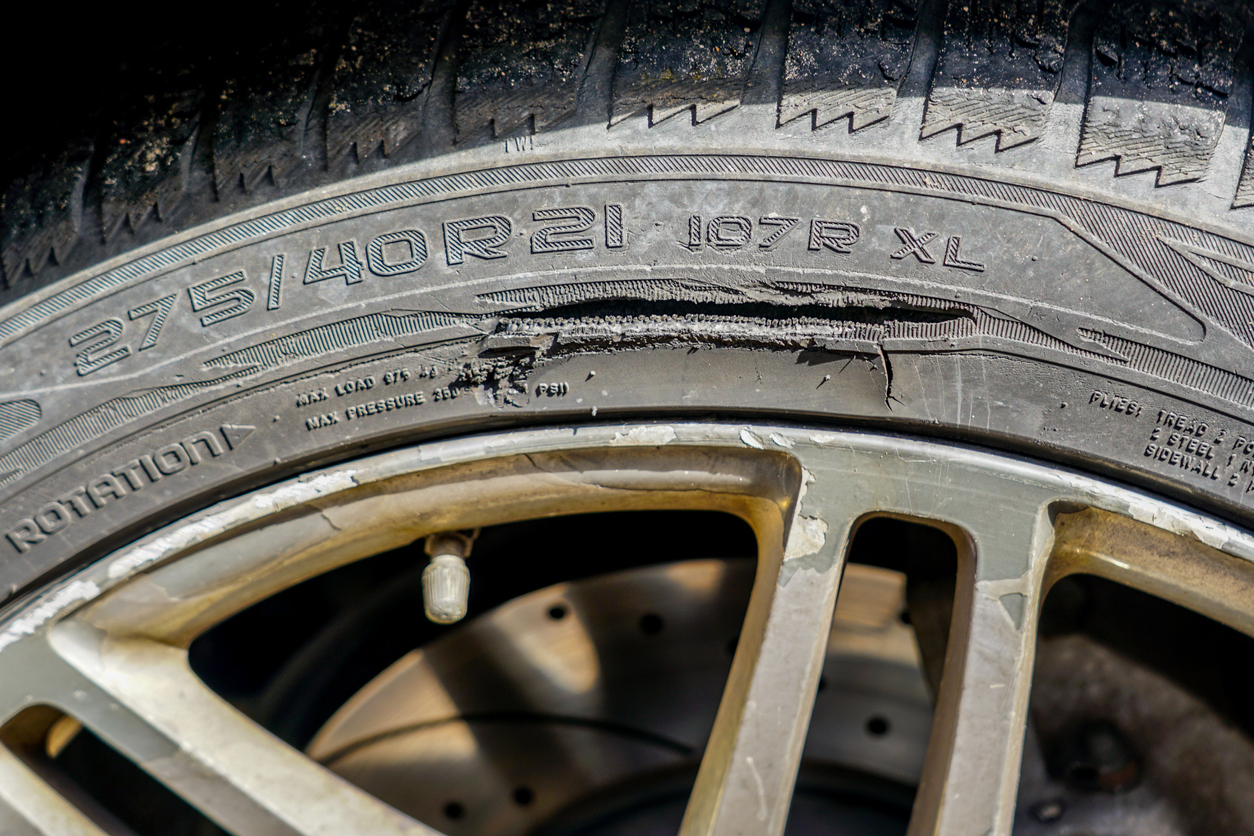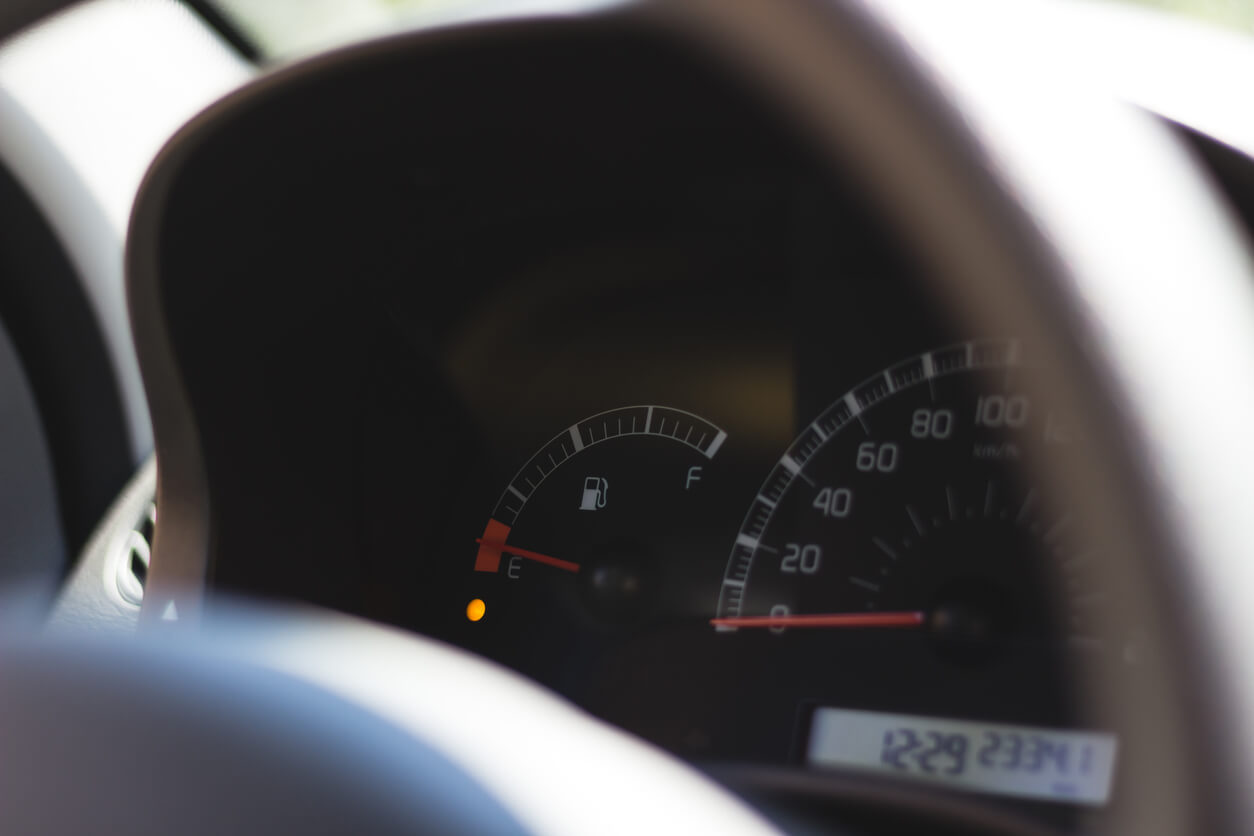Tyres are a necessary part of any vehicle, and they’re all black and round, they’re also consumable items, so why go to the effort to clean them?
Even if you don’t think that clean wheels and tyres is your thing, it can be beneficial to pay close attention to your tyres to inspect for wear, damage or other causes for concern.
Cleaning the tyres on your vehicle will not only makes them look better, but can help extend their lifespan by helping avoid buildup of grime and dirt, while allowing you to catch tyre pressure issues early.
How to clean your tyres
Give yourself the best chance to keep your tyres looking fresh by cleaning them somewhat regularly. Once a fortnight or so, or when you clean the rest of your car is also fine.
First, wash the majority of the gunk off your tyres with water from a hose, use a pressure washer if you have one but don’t get too close to the tyre, otherwise you can potentially cause damage to your paint or wheel. If you have recently driven off road, this is a great time to rinse down the insides of your wheel wells too.

Grab a soft to medium bristle brush along with standard car soap and warm water to loosen up the remaining dirt and grime. Take this opportunity to pay close attention to your tyre sidewalls and look for scuffs, chips, bulges and other signs of damage. If you notice any rocks or stones stuck in your tyre treads, flick them out with a screwdriver.
Once the tyres are washed, scrubbed and checked for damage, if the tyre is still dirty and stained, there are specialist tyre cleaning chemicals you can buy that are tough on stains and discolouration but gentle enough not to stain your wheels or driveway. Some cleaners work better with white sidewall lettering than others.
Once your tyres are nice and clean, it’s time to seal them. Cheap tyre sprays are made with silicone which can cause damage over time, so it’s best to use a water-based tyre shine and follow the manufacturers instructions when it comes time to apply the finish.
What causes tyres to turn brown?
You might have noticed that over time your tyres turn brown. This process is called ‘tyre blooming’ and while unsightly, is normal. The chemicals added to tyres to slow down cracking and dying out can oxidise and make their way to the surface of the tyre, where they’re exposed to oxygen, heat and sunlight, turning them brown.
Once tyre blooming starts, it is very difficult to reverse the discolouration, however regularly cleaning your tyres and ensuring that you use a protective product such as a water-based tyre shine will help slow down or even prevent tyre bloom from becoming an issue.
Checking tyres for damage
Cleaning your tyres is a great opportunity to check for damage. The most common causes of tyre damage are punctures, scrapes, cuts and chips to tire sidewalls as well as incorrect tyre pressures.

Use a flashlight or your phone light to check the outside sidewall of the tyre and the tread for anything abnormal, and use your hand to feel around the tread for anything sticking into the tyre.
If you have a tread depth gauge, now is the time to check your tread depth. The minimum legal tread depth is 1.5 mm anywhere across the width of the tyre, we recommend measuring at least three times over the width of the tread to get an idea on how much life you have remaining.
Running your hand over your tyres during the cleaning process, feel for any bumps and bruising on the tyre sidewall. Get any tyre sidewall bumps inspected by the friendly team at your local Tyrepower.
By regularly cleaning and inspecting your tyres, you can catch potential problems early and ensure that your tyres are safe and in roadworthy condition.



























